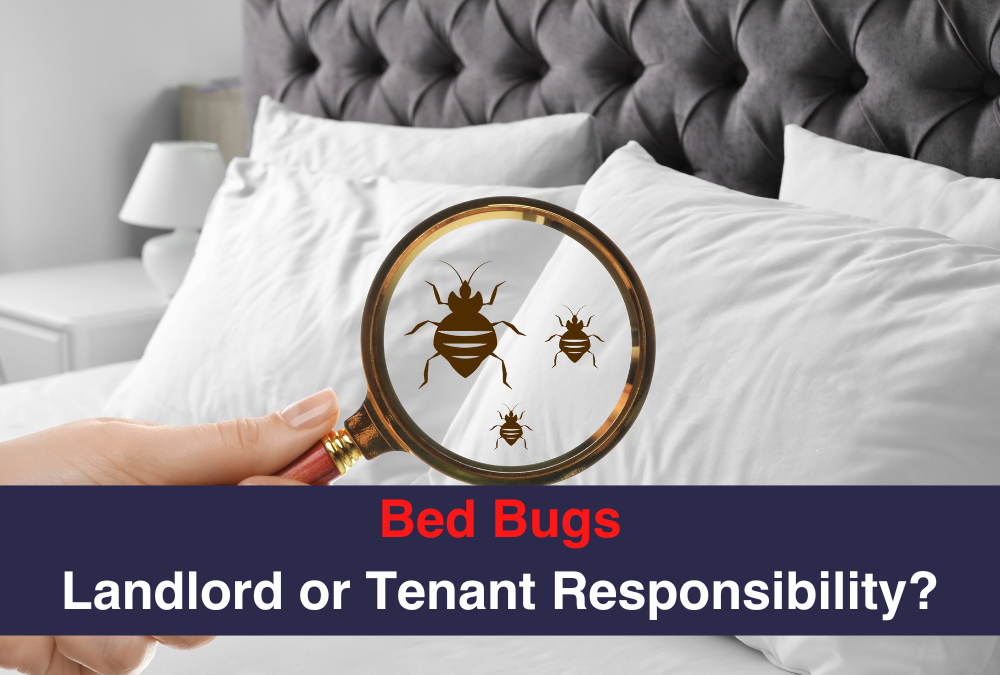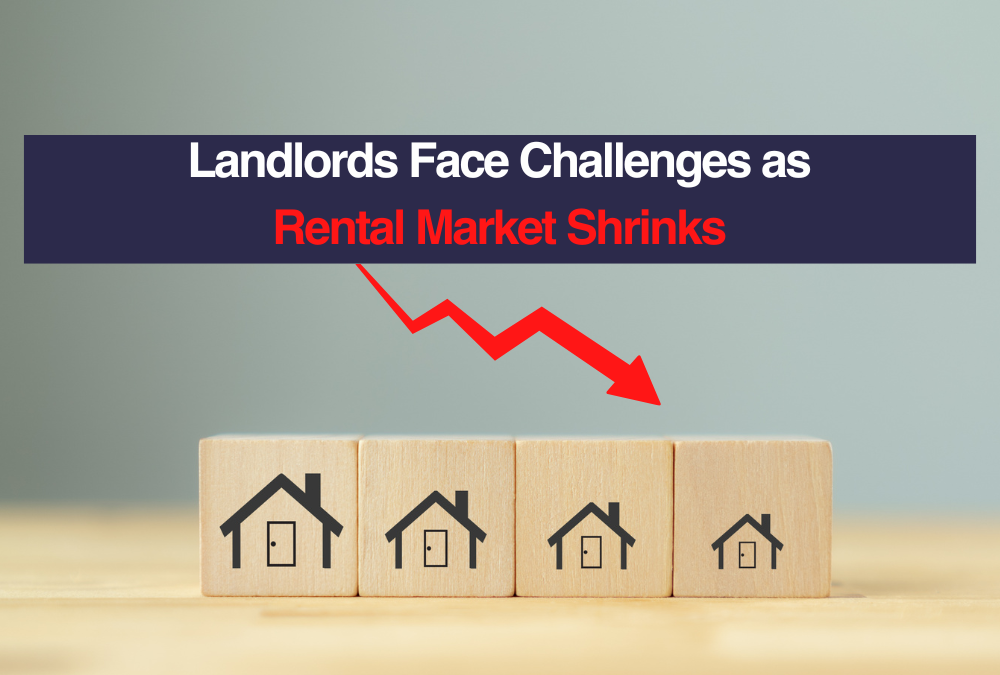With bed bugs recently making headlines, now is an opportune moment to delve deeper into this troublesome pest issue.
Similar to bacteria, bed bugs are developing resistance to commonly used chemical treatments. This resistance is compounded by increased travel post-COVID and prolonged insect lifespan due to climate change.
Poundland’s announcement of a £4 bed bug spray follows a surge in online searches for such products. Local authorities are also fielding numerous bed bug-related inquiries, indicating heightened concern.
Despite their diminutive size, roughly that of an apple seed, bed bugs evoke widespread panic. However, is this truly a significant outbreak? Moreover, who bears responsibility for eliminating them in rental properties?
What Are Bed Bugs?
Bed bugs are minuscule insects often found in furniture, bedding, or clothing, capable of remaining dormant for over a year. They feed nocturnally, primarily when individuals are asleep, minimizing the risk of detection and squashing.
Signs of a bed bug infestation include:
- Bite marks, typically on exposed skin during sleep
- Bloodstains on bedding or furniture
- Small brown spots, indicative of bed bug excrement
Bed bugs can be a nightmarish experience, and if they do infest your home, quite stressful to deal with. They may not spread disease, but they are, most certainly, a nuisance and must be gotten rid of.
Who is actually responsible for getting rid of them though is not straightforward, and does depend on circumstances.
Landlords
In the UK, landlords are legally obligated to maintain safe, habitable premises, free from significant hazards or infestations. If bed bugs predate a new tenancy or result from structural issues, landlords are responsible for remediation before the new tenant moves in. If the landlord fails to resolve the problem, tenants do have the option to seek additional help from their local council.
Tenants
Tenants must uphold cleanliness standards and avoid activities attracting pests. If infestations stem from tenant actions, such as introducing used furniture or luggage, they bear extermination costs.
Tenants are also legally obligated to report any infestations promptly to their landlords. Failure to do so can lead to further problems and might shift responsibility from the landlord to the tenant, particularly if the infestation worsens due to the tenant’s inaction.
What’s the best way to get rid of bed bugs?
While some DIY methods like laundering bedding or vacuuming can provide temporary relief, professional intervention is often necessary for comprehensive eradication, especially in severe infestations.
Here are a few things you can try:
- Wash infested bedding and clothes in hot water (60°C) and dry them on high heat for at least 30 minutes
- Seal infested clothing and bedding in a plastic bag and place it in the freezer for three or four days
- Thoroughly vacuum all areas where you suspect bed bug activity, paying extra attention to the edges of the mattress and spots under and around the bed
Co-operation is Key
Effective resolution hinges on landlord-tenant cooperation, necessitating prompt reporting, clear communication, and shared responsibility understanding. Timely action is crucial to prevent spread and maintain livable conditions.
Landlords should maintain properties to minimize infestation risks and educate tenants on prevention measures, including:
- Tip out the vacuum quickly after vacuuming as bed bugs can live in the dust and even escape
- Avoid keeping clutter around the bed
- Inspect all second-hand furniture thoroughly before bringing it into the property
- Avoid bringing in clothes or luggage after travelling to places known to have bed bugs
Related Articles
- Landlords Guide to Water Supply & Your Responsibilities
- All About Boiler Pressure
- How To Save Money On Your Energy Bills
- Landlord’s Guide to Letting Property
- Landlords Obligations – Legionnaires Disease








